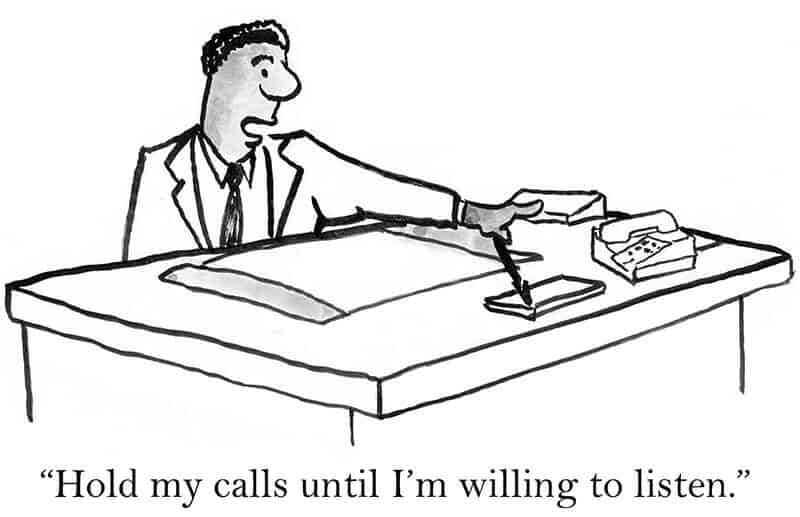Strangely, I come across an article every now and then that’s titled “The Art of Listening”. Even books have been written on this subject. In my humble opinion, listening is not an ‘art’. All it requires is consideration towards the other person. One of the most effective methods of communication is listening and actually hearing what the other person is speaking about. In this article we will talk about effective listening.
To maintain or not maintain eye contact
Letting your attention wander or giving an impression that you’re not paying attention is one sure way of putting off the individual speaking to you. In most of the western countries, it is presumed that you will be looking at the person who is speaking with you.
A ‘normal’ person maintains eye contact about 70 percent of the time. Deliberate and excessive eye contact can disturb the other person. So just maintain eye contact in a relaxed natural way.

Many in the eastern cultures are taught not to look at an elder or a senior colleague while
being spoken to. Let us take a specific example of Japan. Children in this country are
taught at an early age that it’s disrespectful to look at a parent, an elder or even a teacher
directly in the eye while being spoken to.
This cultural habit carries on straight into adulthood and into businesses and corporate offices as well, where it is again thought of as impolite to look at a customer or a senior colleague directly in the eye.
As against this, in the U.S. maintaining little eye contact gives the impression of lack of confidence or even no interest in what is being said. In this case, those moving to the west would want to break from the habit of looking slightly downwards.
And those moving from the west to east may want to adapt depending upon the cultural requirements..
Ask Questions
Not just for the sake of it but out of genuine interest in what the other person is saying. This not only indicates clearly that you are being attentive but gives confidence to the other
person to express her/his thought process and illustrate with greater certainty what they
want to say.
Selective Listening
This is a complete no no. Do not just hear what you want to and disregard the rest of the
conversation. We all judge the other person. If you wish to analyze, first listen carefully and
completely to what the other person has to say.
Many studies have been conducted on why we hear only what we want to. While I don’t intend to get too technical about it, it may be interesting to note The Harvard Business Review talks about many of the related aspects and research on why we end up not listening to a good part of what is being said.
One of the important, well-researched factors is that in all languages we speak far slower
than the speed at which the brain functions. That is what patience is meant for. Listen
patiently and considerately, without interruptions. To underline the above point, I have a friend who has the habit of completing other people’s sentences while they are still talking and then she quickly adds what she wants to say.
Picture that and you’ll know what is the right thing to do.

Don’t Plan
Don’t already begin planning what you are going to say while the other person is still talking. Listen and think before you answer. According to scientists our brain works at 60 bits per second. I don’t know what that means but I do know our brain works fast enough to first listen and then answer in an easy natural way.
It is not a competition
It’s not a contest about who is going to speak more or impose one’s views. If your opinion is different so be it. First, listen and then express yours. At the same time, decide if it is
important enough an opinion that must be spoken.
Listen to what is not being said
There are many scholarly papers that suggest, between 70 to 90 percent of human
communication is non verbal during personal meetings. This may well be true.
So look for those cues such as body language and the expressions on the speaker’s face and whennecessary, read between the lines. One doesn’t have to be a body language or a microexpressions expert.
Our natural intelligence and instinct allow us to process non-verbal indications, most of the time.
Photos: Shutterstock
Support us!
All your donations will be used to pay the magazine’s journalists and to support the ongoing costs of maintaining the site.
Share this post
Interested in co-operating with us?
We are open to co-operation from writers and businesses alike. You can reach us on our email at [email protected]/[email protected] and we will get back to you as quick as we can.









